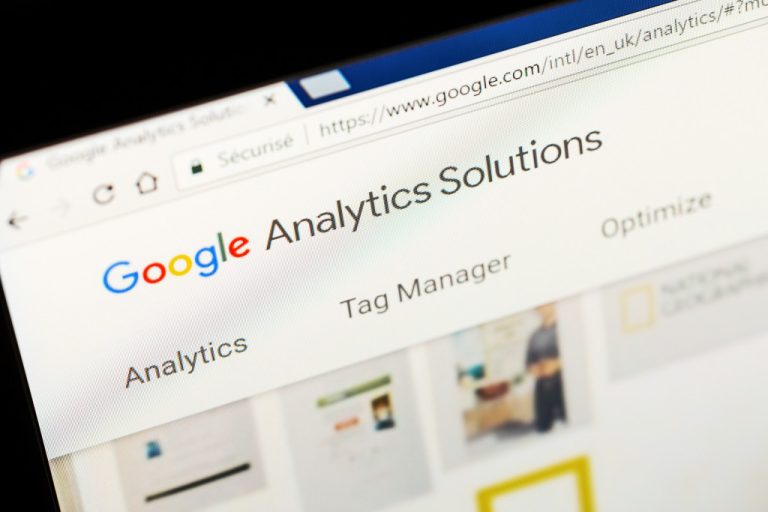Diversity and inclusion help promote a healthy work environment. Having people from different backgrounds and cultures allows your company to have the balanced and diverse ideas you need to grow.
Forbes explains that diversity and inclusion help organizations to innovate and be creative. They will also gain access to a range of skills needed to improve the business. Your team can use their unique talents to work together and boost productivity. A diverse and inclusive workplace can make employees happier, too, encouraging them to thrive more.
Despite the advantages of a diverse and inclusive workplace, many companies fail to diversify their organizations. One reason this happens is due to companies’ unconscious biases.
What Is Unconscious Bias?
According to the Diversity and Outreach of the University of California, San Francisco, there are two types of biases:
1. Conscious bias or explicit bias
2. Unconscious bias or implicit bias
Experts explain that unconscious biases refer to social stereotypes people from outside their conscious awareness. The tendency to organize social worlds by categorizing makes everyone develop unconscious beliefs regarding different social and identity groups.
Unconscious biases in a business setting affect equality, diversity, and fairness that can hurt the company’s performance. The 2018 Delivering through Diversity report from McKinsey shows that companies that are gender diverse on their executive teams were 21 percent more likely to have above-average profitability than those in the lowest quartile. Meanwhile, top-quartile companies that are ethnic or culturally diverse were 33 percent more likely to be more profitable.
There are different unconscious biases that companies manifest. Affinity bias, for example, is a common implicit bias you can make. You unconsciously choose people who have the same qualities as you or qualities that you like.
Gender bias is another unconscious bias in business. You tend to favor one gender over the other due to beliefs about gender roles and stereotypes. Hiring officers also tend to be swayed by the surrounding people, like superiors.
How can you avoid these biases and establish a more diverse and inclusive workplace?
Creating a Diverse and Inclusive Working Environment
Companies follow their own hiring process. Some businesses use web recruitment software to streamline their hiring process. Others receive applications via email or job portals.
Your recruitment approach can help you make your organization more diverse and inclusive. A report from Forbes highlights that technology will play a crucial role in the hiring process in 2021. The article predicts that using AI-driven tools in the screening and process can eliminate bias using data, objectivity, and predictive models.
Consider adopting the open hiring approach. This recruitment method follows a first-come, first-served basis. This means those who come first get the job without the interview, resume, and background check. It aims to remove the barriers people face in the usual hiring process. Open hiring also offers equal opportunities to other people, especially low-skill and entry-level workers.
Big companies, like The Body Shop, have adopted this hiring method. Executives reported positive results, including a 60 percent decline in monthly turnover. Instead of spending on background checks, the retailer asks three questions during the interview:
- Are you authorized to work in the U.S.?
- Can you stand for up to eight hours?
- Can you lift more than 50 pounds?
This approach, however, may not be suitable for every company. Some businesses require specific skills and experiences for certain job positions.

Apart from improving your hiring process, you also need to assess your company culture. Diversity doesn’t only mean hiring people from different countries and religions. They also have to feel inclusive.
Keep in mind that diversity and inclusion are interconnected but not interchangeable. Creating an inclusive environment means you’re valuing the contributions, presence, and perspectives of various groups of people and integrating them into that environment.
Look into your organization’s policies about equality and diversity. Ensure applicants know that your company has an inclusive hiring policy to encourage them to be part of your organization. This information must be available and accessible to potential applicants.
Moreover, a Harvard Business Review (HBR) report explains companies can improve diversity and inclusion within their organizations by:
1. Setting goals, collecting data, and holding people accountable
2. Abandoning traditional discrimination and harassment reporting systems
3. Ensuring that hiring and promotion technologies are not inherently biased
4. Avoiding tokenism
5. Getting managers and other leaders involved in diversity programs
These solutions came from leading experts on bias, technology, discrimination, and organizational design. The HBR asked these experts to answer one question: “What Works?”
Your employees play an important role in the success of your company. Creating a comfortable working environment, free of any biases, can enhance their performance. This can benefit your company overall and help you reach your goals.

















